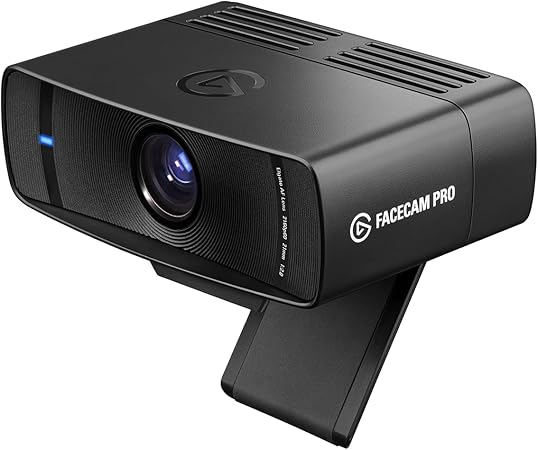
Got your Elgato Facecam set up—but your Elgato Facecam isn’t connecting?
Frustrating, but fixable. Whether it’s a driver issue, a USB mismatch, or software acting weird, we’ll walk through the fastest fixes—no fluff, no theory—just what works.
1. Use the Right USB Port
The Elgato Facecam requires USB 3.0. No exceptions.
These ports are typically marked with blue or labeled “SS” (SuperSpeed). Plug it into anything else and it won’t work properly—or at all.
Using a laptop with no USB 3.0 ports?
Here’s what to do:
- Thunderbolt Ports: Use a Thunderbolt-to-USB 3.0 adapter.
- USB-C Only? Use a high-quality USB-C to USB-A 3.0 adapter (Anker, Apple, or similar).
TIP: Avoid cheap adapters and USB hubs unless they’re rated for high-speed data.
2. Power Cycle the Camera & PC
Quick and underrated fix:
- Unplug the Facecam
- Wait 20 seconds
- Reboot your PC
- Plug back into USB 3.0 after full startup
Why it works: It clears minor hardware or software bugs that mess with detection.
3. Update or Reinstall Elgato Camera Hub
The Camera Hub software is required for your Facecam to run properly.
Do this:
- Open the Camera Hub
- Check for updates
- If nothing changes, uninstall and reinstall the latest version from; they also have an easy guide
Is your Elgato Facecam still not connecting? Move on.
4. Update the Facecam Firmware
Sometimes, a firmware bug blocks proper connection.
- Plug in the Facecam
- Open Camera Hub
- If prompted, update firmware
- Don’t disconnect during the process
5. Run Windows Troubleshooter (PC Only)
This one’s easy but often skipped.
- Go to:
Settings > Update & Security > Troubleshoot - Choose Hardware and Devices
- Let Windows scan and fix issues
It can solve driver conflicts or USB port issues silently in the background.
6. Still Not Working? Contact Elgato
If nothing works, the device might be faulty.
Contact Elgato Support with your product details. If it’s under warranty, you could get a free replacement.
Final Thoughts
Most Elgato Facecam not connecting issues boil down to port problems, software glitches, or missing updates.
Try everything in this order before assuming it’s dead. If it is—don’t waste hours. RMA it, or replace it.
BUT: Don’t forget to check out our new review of The Best Spy Cameras 2025 !
